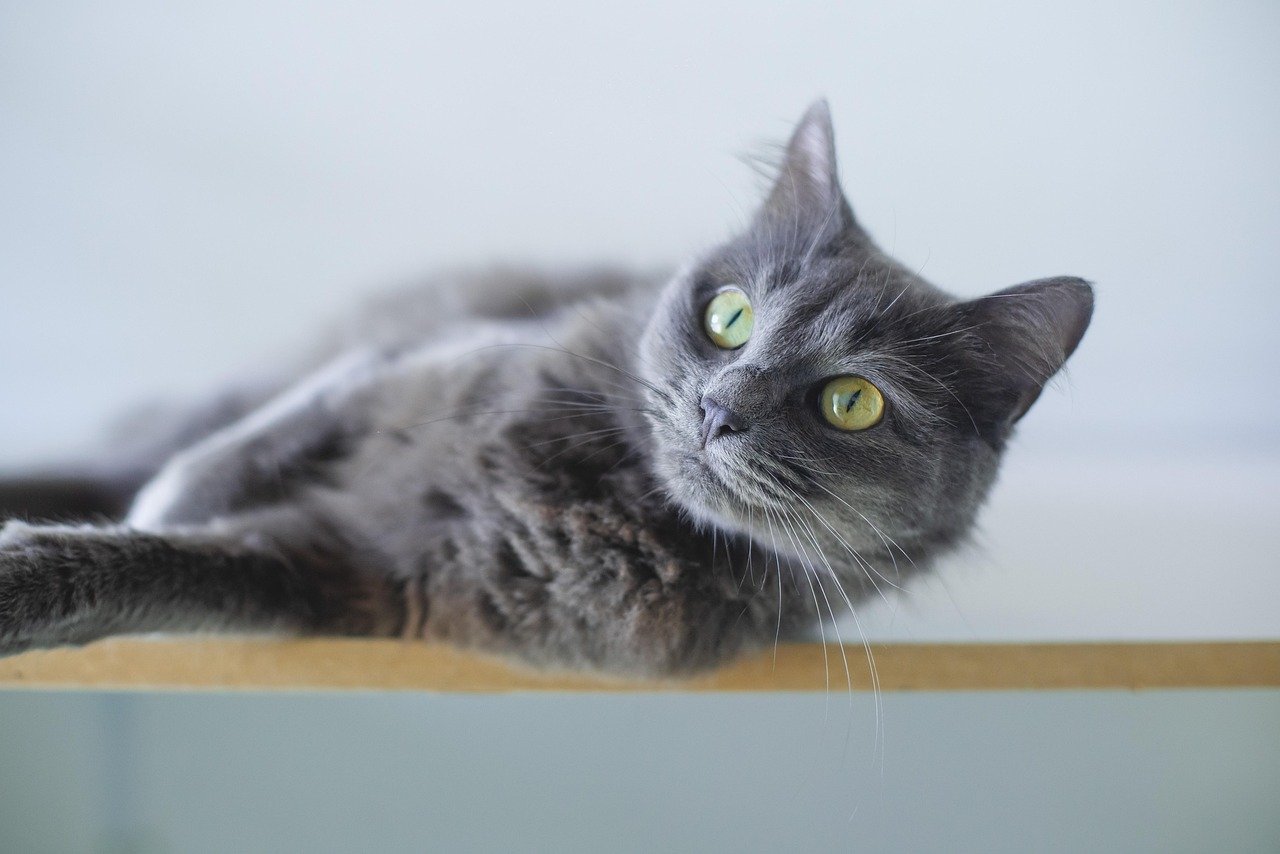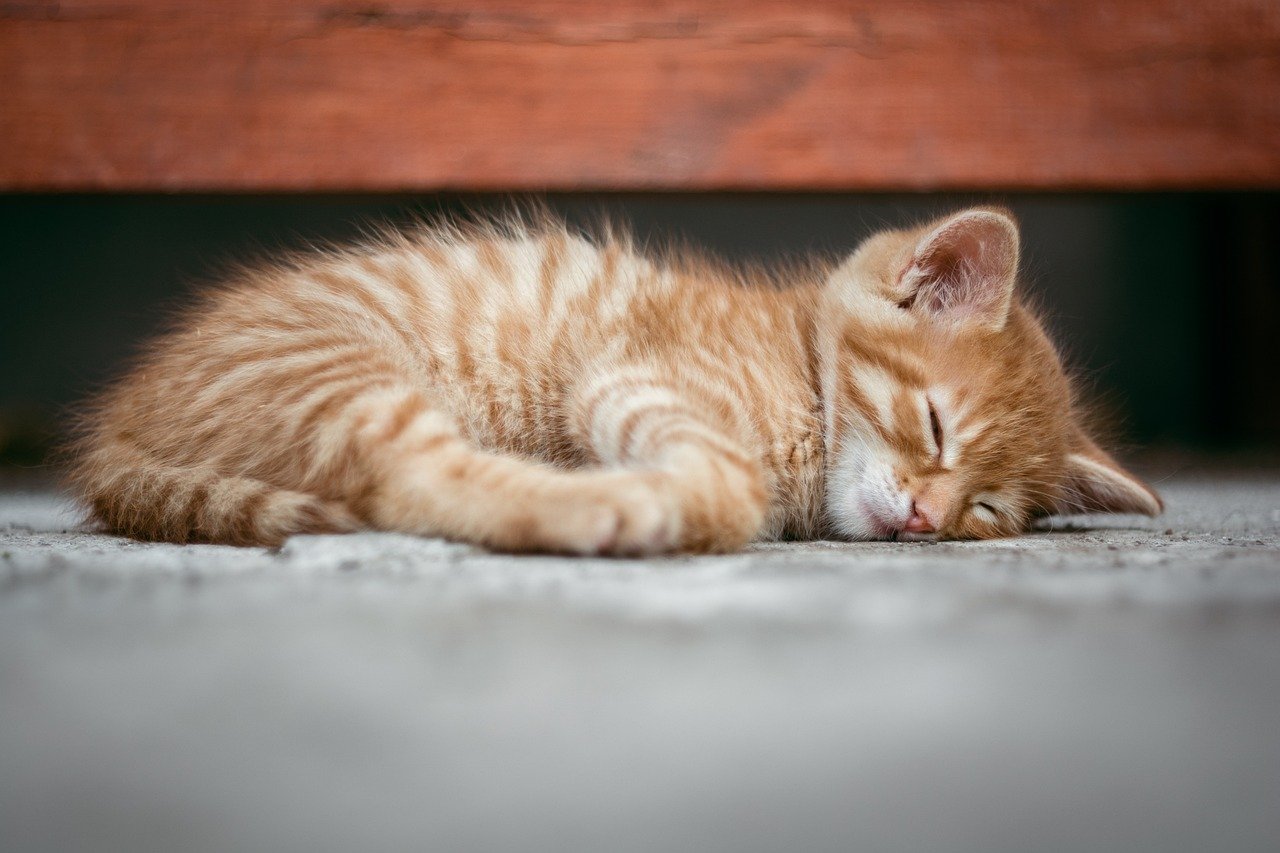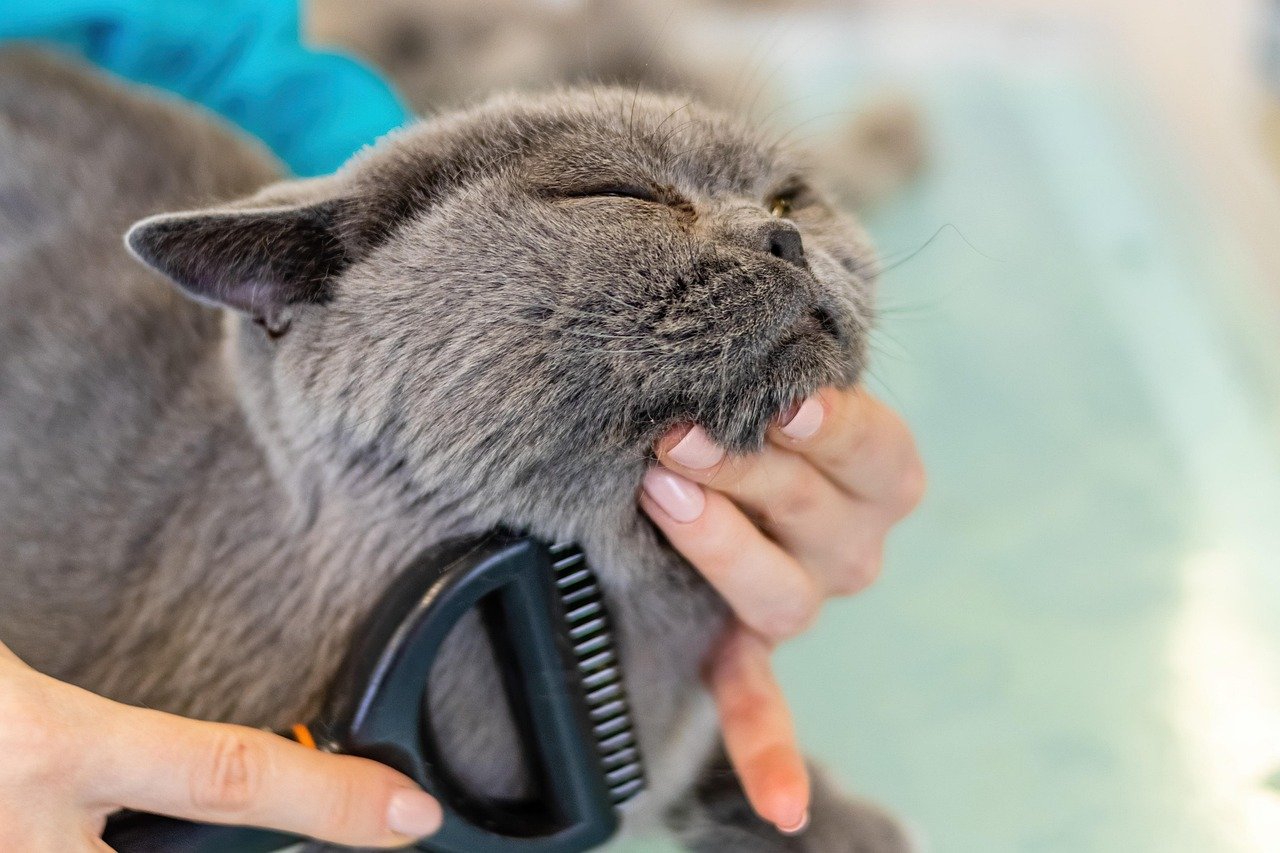Cats have an intriguing way of communicating their feelings towards their human companions, and one of the most fascinating methods is through shared spaces. This behavior is not just a random act but a deliberate expression of attachment and affection. For cat enthusiasts who adore these enigmatic creatures, understanding these signals can deepen the bond between feline and human. Cats are known for their independence, yet they have subtle ways of showing they care. Through shared spaces, cats reveal a side of themselves that is affectionate and connected, bridging the gap between their solitary nature and their social desires.
Understanding Feline Territory
Cats are territorial animals, and they take their spaces seriously. When a cat shares its territory with a human, it is a significant gesture. A cat’s territory is not just a place to eat and sleep but a domain where they feel safe and secure. By allowing a human into their space, cats express a level of trust and attachment. This shared territory becomes a place of mutual comfort, where the bond between cat and human can flourish. Understanding this territorial behavior helps in recognizing the subtle ways cats show their affection.
The Role of Scent Marking

Scent marking is a crucial aspect of how cats use shared spaces to signal attachment. Cats have scent glands located on their cheeks, paws, and other parts of their bodies. When they rub against furniture, walls, or even their human companions, they are leaving their scent behind. This act is a way of marking their territory and signaling a sense of belonging. For a cat, sharing its scent with a human is an intimate act, akin to saying, “You are part of my world.” Recognizing this behavior can help cat owners feel more connected to their feline friends.
Shared Sleeping Areas

When a cat chooses to sleep near or with its human, it is a strong indication of attachment. Cats are vulnerable when they sleep, and sharing this intimate moment means they feel safe and secure. A cat curling up on a bed, couch, or even a lap is not just seeking warmth but expressing a deep bond. This shared sleeping space becomes a sanctuary of trust, where both the cat and human can relax and enjoy each other’s company. It’s a silent yet powerful way for cats to show their affection.
Playful Interactions
Play is an essential part of a cat’s life, and sharing playtime with a human signifies a special connection. Through play, cats express their energy, curiosity, and affection. Engaging in games like chasing a feather toy or batting at a string is more than just fun; it’s a form of communication. During these playful interactions, cats are signaling their willingness to share their world and engage with their human companions. Understanding the importance of play in a cat’s life can enhance the relationship and build stronger bonds.
Sharing Meal Times
Cats are creatures of habit, and their meal times are a critical part of their daily routine. When a cat chooses to eat near its human or allows its human to participate in feeding, it is a sign of trust and attachment. Sharing meal times creates a ritual that strengthens the bond between cat and owner. This daily interaction becomes a moment of connection, where both parties come together in a shared experience. Recognizing this behavior helps in understanding the subtle ways cats express their affection.
Grooming and Affection

Grooming is a vital part of a cat’s life, and when a cat grooms its human or allows itself to be groomed, it is a sign of affection and trust. Cats groom each other as a social activity, and extending this behavior to humans is a way of including them in their social circle. This act of grooming becomes a bonding experience, where the cat communicates its attachment and affection. Understanding the significance of grooming can help cat owners appreciate the depth of their feline’s feelings.
Body Language and Signals
Cats communicate a lot through their body language, and shared spaces become a canvas for these signals. From the flick of a tail to the slow blink of the eyes, cats use various gestures to convey their feelings. When a cat shares its space, it is also sharing these subtle signals of attachment. Observing and understanding this body language can provide insights into a cat’s emotions and strengthen the bond between human and feline. It’s a silent dance of communication that speaks volumes.
Vocal Expressions
Though cats are not as vocal as dogs, they do use sounds to communicate, especially in shared spaces. A gentle purr or a soft meow can be a sign of contentment and attachment. When a cat vocalizes in the presence of its human, it is often expressing its comfort and happiness. These vocal expressions become a language of love, where the cat shares its feelings openly. Recognizing these sounds can enhance the connection between cat and human, creating a harmonious relationship.
Creating a Shared Environment
For cats, a shared environment is more than just physical space; it’s an emotional landscape. Creating a shared environment involves understanding a cat’s needs and preferences. Providing cozy sleeping spots, engaging toys, and interactive playtime can make a shared space more inviting. By respecting a cat’s territory and creating a harmonious environment, humans can foster a deeper connection with their feline friends. This shared environment becomes a place of mutual respect and affection, where both parties feel at home.
Conclusion
Cats have a unique way of expressing their attachment through shared spaces, weaving a tapestry of trust, affection, and communication. By understanding these behaviors, cat enthusiasts can deepen their bond with their feline companions. Whether through scent marking, shared sleeping areas, or playful interactions, cats reveal their feelings in subtle yet profound ways. Embracing these signals can transform the relationship between human and cat into a meaningful and enriching experience.

Growing up traveling and experiencing new cultures and wonders, I have had a passion for nature, adventuring, photography, and videography. I am currently working towards a BSc in Biodiversity and Ecology at Stellenbosch University, and I hope to specialise in Marine Sciences one day.
Please send any feedback to Feedback@animalsaroundtheglobe.com






